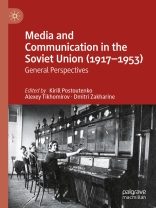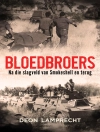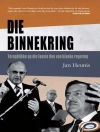This book provides a systematic account of media and communication development in Soviet society from the October Revolution to the death of Stalin. Summarizing earlier research and drawing upon previously unpublished archival materials, it covers the main aspects of public and private interaction in the Soviet Union, from public broadcast to kitchen gossip.
The first part of the volume covers visual, auditory and tactile channels, such as posters, maps and monuments. The second deals with media, featuring public gatherings, personal letters, telegraph, telephone, film and radio. The concluding part surveys major boundaries and flows structuring the Soviet communicate environment. The broad scope of contributions to this volume will be of great interest to students and researchers working on the Soviet Union, and twentieth-century media and communication more broadly.
Tabla de materias
1. Soviet Communication and Soviet Society (1917–1953): Alignments and Tensions.- Part I Channels.- 2. Visual Channels (1): Posters and Fine Art.- 3. Visual Channels (2): Cityscapes.- 4. Visual Channels (3): Cartography.- 5. Auditory Channels: Crowing Roosters and Wailing Sirens.- 6. Tactile Channels: Brotherly Kisses, Handshakes, and Flogging in a Bathhouse.- Part II Media.- 7. Public Body (1): Popular Assemblies.- 8. Public Body (2): Mass Festivals.- 9. Public Body (3): State Celebrations and Street Festivities.- 10. Private Body: Kitchen Gossip and Bedroom Whispers.- 11. Public Print (1): Books and Periodicals.- 12. Public Print (2): Coins and Bank Notes.- 13. Private Handwriting (1): Diaries.- 14. Private Handwriting (2): Personal Letters.- 15. Private Handwriting (3): Denunciations.- 16. Private/Public Handwriting: Self-reports.- 17. Electrical Signaling (1): Telegraph.- 18. Electrical Signaling (2): Telephone.- 19. Electrical Signaling (3): Film.- 20. Electrical Signaling (4):Radio.- Part III Boundaries and Flows.- 21. Boundaries (1): ‘Nomenclatura’ Versus the Rest.- 22. Boundaries (2): ‘Comrades’ vs. Deviants.- 23. Top-down Verbal Messaging: Textbooks.- 24. Bottom-up Non-verbal Messaging: Applause.- 25. Top-down Extraction of Bottom-up Messages: Surveillance.
Sobre el autor
Kirill Postoutenko is Senior Researcher in the Special Research Area 1288 (Practices of Comparison) at Bielefeld University, Germany.
Alexey Tikhomirov is Assistant Professor of East European History at Bielefeld University, Germany.
Dmitri Zakharine is Senior Researcher and Lecturer at the University of Freiburg, Germany.












